The Rhythm for Reading blog
I invested in a planner titled ‘Perfectly Planned 2020’
22 December 2020
I usually post at the beginning of the month and I had written a reflection on the year, but I held back because I needed to find something positive that I could say to round the year off. 2020 was the only year in which I have ever owned a desktop year planner. I can recommend a year planner, especially this one, which was called ‘Perfectly Planned 2020’. All I can say about this is that after March, the plans in the planner stayed in the planner.
Since March 2020, ‘Follow the science’ has become a wriggly little ear worm, as it has persisted over so many months. In the past few days, we were given a glimpse of what these scientists follow. They follow the 14 day mutation cycle of the virus - it’s rhythm. When all’s said and done, the guiding principles of rhythm, maths and geometry appear to govern the way that the natural world appears to us, whether that’s through our senses or through our instruments. None of this is new. Rhythmic cycles have fascinated people for thousands of years. The planets have been studied by astronomers of all ancient civilisations. The conjunction of Saturn and Jupiter, a spectacle that is said to occur almost every 400 years near to Earth is happening as I write this. It seems extraordinary that an astronomical event of such cyclical magnitude has coincided with a year that was so dark for so many. It’s as if we are being reminded that we too are part of this infinite web of cycles and conjunctions.
Our own solar year is so familiar to us that the festivals which coincide with solstices and lunar cycles are experienced primarily through culture as times of nostalgia, family and community. To gather together as light reemerges following the darkest point in the year is comforting and instinctive, as our body chemistry tells us to seek the company of others at such times. No matter how advanced we think we have become, we remain exquisitely attuned to our natural rhythms. Not only are we creatures of habit in the social and emotional sense, but even at a cellular level, our biorhythms are governed every single day by the light receptors in our brains. We even have clocks in our internal organs which need to work harmoniously so that each part of the body has its allotted time for activity and rest. We tend to take our biorhythms for granted and discover that when we lose this balance, we also lose optimal health and well-being.Right now, this is a time for peace, rest and appreciation as we welcome the return of the light and the triumph over darkness. May our hearts be lit with hope for a future of health and happiness.
Reading fluency and comprehension in 2020
9 November 2020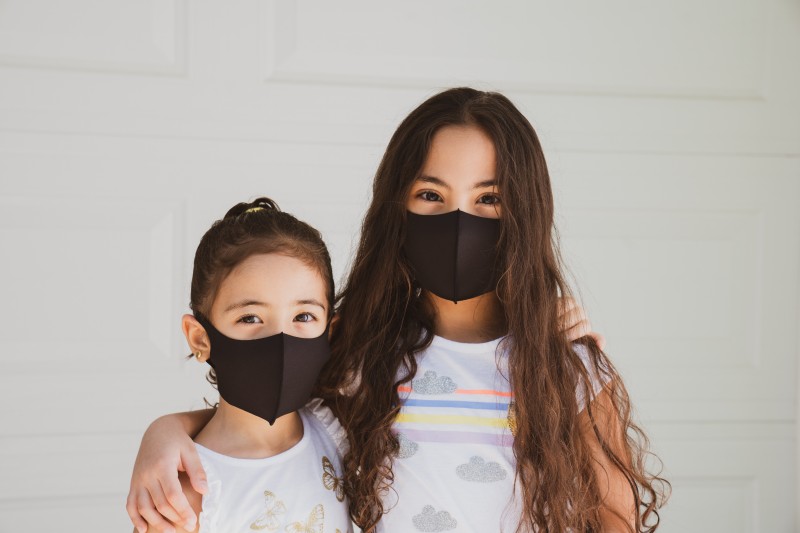
A strong correlation exists between reading fluency and comprehension - one that has fascinated researchers for many decades (Long, 2014). In our current climate, children who read fluently are more likely to cope well with blended learning, self-isolation and other restrictions of the global pandemic on schools.
How can we move more children into the fluent reader category?
Proficient readers automatically use the most appropriate strategy on the fly, whereas fragile readers are more likely to depend on a single strategy and to transition less efficiently from one strategy to another. A fluent reader however, is able to decode an unfamiliar word using phonological skills, as well as orchestrating contextual and syntactic cues to decode whole phrases.
So, there are many processes that are coordinated during fluent reading. Reading comprehension is a cornerstone of these. However, comprehension is not a ‘layer’ of reading that magically ‘appears’ because it has been mechanically underpinned by good levels of decoding and fluency. Comprehension is a product of rhythmic awareness - an important element of language acquisition in infancy.
Though well-intentioned, the practise of timing children’s reading with a stopwatch, encouraging them to read more quickly week after week is not helpful for cultivating rhythmic awareness. Using a stopwatch may generate a degree of motivation to read, but a focus on acceleration forces the child to read without finding their natural rhythm. In fact, if children have learned to decode at a fast pace, they have been trained to enunciate the words without understanding them at all. Comprehension is not related to the pace of reading.
Comprehension and word recognition are coordinated by rhythmic processes during fluent reading that are similar to the natural unfolding of rhythm during speaking and listening. A rhythm-based approach fosters rhythmic awareness and supports fluent reading.
Long, M. (2014). ‘I can read further and there’s more meaning while I read’: An exploratory study investigating the impact of a rhythm-based music intervention on children’s reading. Research Studies in Music Education, 36(1), 107-124.
Where has all the chanting gone?
2 October 2020
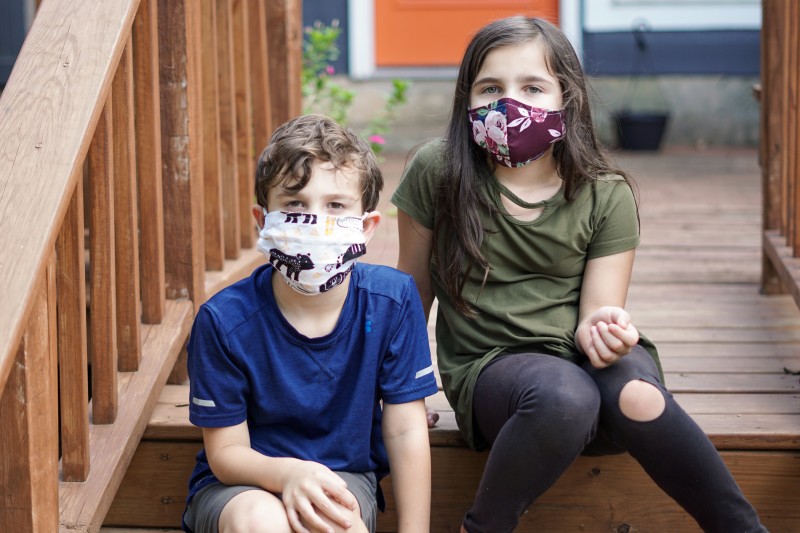
When I watched the announcements about lockdown on March 23rd 2020 from a hard metal seat in Glasgow International Airport, I’d already made ten trips to Scotland and it felt so frustrating that the project would be interrupted when we were so close to its completion. Throughout the lockdown and the summer months, I hoped very much that we would have a chance to salvage and finish off the work. In the past two weeks it has been an absolute privilege to return to the schools with ‘refresher sessions’ and follow-up testing. So much has changed. The teachers vigorously spray, clean and ventilate the classrooms. Everyone is vigilant and determined to keep their community safe. It is obvious that this goal is shared and held dear by all. Even young children immediately take all their books and pencils with them when they sit on the floor while their tables and chairs are disinfected. Absolutely nobody needs to be reminded to do this.
In one of the schools, particular spaces are filled with food and clothing. The leadership team came into the school every single day of the lockdown, as well as throughout the summer months to keep everyone on track; teachers worked face-to-face with the children throughout this period. Stunning new displays made by the parents now explode out from the staffroom walls and thank you cards are pinned to the noticeboard of a beautiful new community room.
Rhythm for Reading has been modified to keep everyone safe. I visit only one school in a single day and wear a mask. The children remain in their ‘bubbles’ when they take part, and stand at least two metres away from me. In between each session, I ventilate and vigorously disinfect the teaching area. Of course, there is plenty of time for cleaning as each Rhythm for Reading session is, as always, only ten minutes in duration. Actually, this level of flexibility fits in very well with the dynamic teaching that I’m seeing in the schools - and the children are loving that they are being taught in small groups and in an increasingly nuanced way.
Robust, energetic chanting has always been an important part of the Rhythm for Reading programme, but chanting, like singing is strictly prohibited. For quite some time I have been resigned to mothballing the programme for this reason. Eventually however, a neat solution popped into my mind. With a bit of experimentation, I realised that it is possible to vocalise safely and precisely, whilst keeping the volume level below that of normal speaking. All that is required to make this modification fun, is a little imagination. Most children know how to squeak like a mouse - these high pitched sounds are made in the throat and involve minimal breath - far less than speech. So, my solution has now been ‘road-tested’ by the squeaky teams in Scotland and I’m happy to have found a safe and new way to offer the programme without diluting it.
I would like to say a huge thank you to these children, teachers and school leaders for the opportunity to come back and complete the programme. It has been utterly inspiring, humbling and uplifting to visit your schools these past two weeks.
7 Reasons why goal-setting matters more than you might think
1 September 2020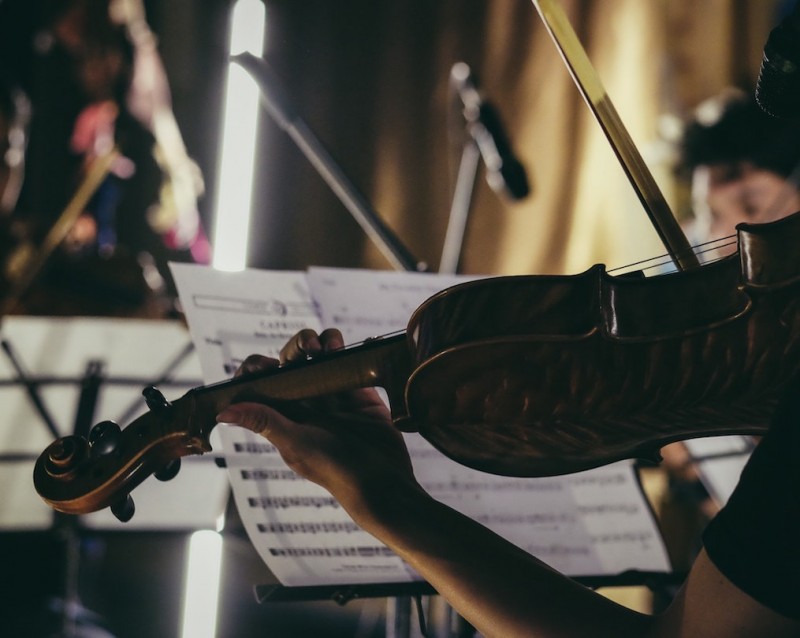
Mastering a musical instrument takes years of dedication. A music teacher who has already spent a lifetime on this journey, is the guide along the way and travels the path to mastery with every student. She knows exactly where each student is in terms of making progress and can describe in great detail what is happening in the music lessons.
Given that the music teacher offers a path to mastery and has lived that path every day for decades- why would goal-setting really matter?
Here are seven reasons why:
1. Goal-setting renews the relationship between the teacher and student. This is a life-affirming conversation in which the teacher can welcome each student back after a break and say to them, “I believe in you…I know you can do this”. Goal-setting offers the most uplifting start to the new term and can inspire a fresh new wave of commitment to making music with passion and vitality.
2. Goal-setting can alleviate stress. If I was a teenager right now, I would be feeling very sad without my musical ensembles - I adored being immersed in music with my friends and we had so much fun during the summer. Our students are likely to be suffering the loss of their musical ensembles and missing the buzz of group music-making. Organising remote concerts on a weekly basis as an important part of goal-setting will offset musical isolation.
3. Goal-setting clarifies the context. September is always a month of change. Perhaps your student has a new school, new travel arrangements, new responsibilities, or new musical or sports opportunities. With the excitement of a fresh new start, there will also be a demanding process of transition to consider. Settling into a new school takes at least six months - relationships with teachers and friends need to be built gradually over time. Being aware of your student’s challenges and opportunities this September clarifies what’s possible. This matters because it’s essential that goals are realistic and can be reached.
4. Goal-setting sets the tone for the term. Aspirational students like to set up a new routine at the begin of the school year. When and where have they scheduled their music practice? Whether your students are aspirational or not, a goal-setting conversation is the perfect way to guide them in choosing the best possible time for music practice. Take care to cultivate their ownership of this process, but also to protect them from feeling overwhelmed or sliding towards perfectionism.
5. Goal-setting warmly embraces parental expectations. This conversation allows the teacher to share with the parent a timely segment of their over-arching vision for the student. Each goal is anchored to the teacher’s expertise - and here’s a gentle reminder that this expertise often has a lineage reaching back through generations of dedicated teachers. Parents want to be informed and guided by an expert teacher; confidence in goal-setting allows a music teacher to demonstrate that their expertise is grounded within an organised and methodical system.
6. Goal-setting helps to align our teaching practice with our musical purpose. Stephen Covey is know for recommending that we ‘Begin with the end in mind’ - this is the second habit from his book, ‘The 7 habits of highly effective people’. This phrase applies to goal-setting. All the goals we set for music-making lead us to the very centre of our musical aims - our ‘why’ - our inspiration. It might be the memory of attending a special performance, a vision for playing with ultimate freedom of expression, or simply to feel the sublime expansion of pure creativity. The ‘why’ is our purpose. It inspires our musical values. These influence the way that we teach by guiding our decisions, our priorities and our aspirations for all our students.
7. Goal-setting strengthens the musical landscape at grassroots level. Since our musical world contracted in 2020, with socially-distanced concerts at the tip of a rapidly melting iceberg, the role that music teachers now play in cultivating the next generation of performers and audiences is of huge importance. We are responsible for ‘holding space’ for music and musicians. We are helping to sustain vibrant music making in our students’ homes, as well as lighting up musical horizons in every community through the transformational power of our teaching. We are not on our own. Music examination boards such as ABRSM are still supporting music teachers by offering practical and theory exams during the pandemic.
I hope these ideas about goal-setting offer some encouragement as we continue remote and socially-distanced teaching. If this post has resonated and you would like to explore these ideas a little further, I’ve created a three short videos about setting-goals. Click here for the videos and to leave a comment or ask a question click here .
A New Wave for Music Education?
2 August 2020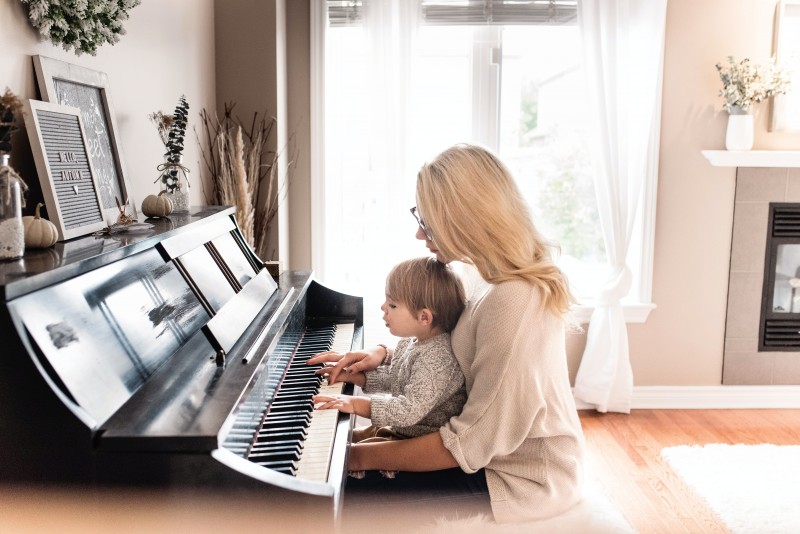
Yes, I’m probably wearing rose-tinted glasses… but as old ways recede, something new always appears.
New creative potential is springing up out of the constraints of COVID because life does that. I am not suggesting that every family is looking for a music teacher right now, but given that we may face a second wave of the virus in the autumn, many parents will be giving thought to how they might structure their child’s home life. This is an opportunity to strengthen musical engagement from the roots up.
Here are ten reasons why a new wave for music education and a new concert-going audience is likely to appear.
1. Children and young people have not taken part in their usual clubs and activities for a long while and need a challenge this autumn.
2. Parents have not spent money on the usual wide range of activities for their children and some are looking for life-affirming, structured activities that can enrich their children’s lives.
3. Parents and children have spent more time together, staving off boredom and frustration. In September, it will be time to start something new.
4. Instrumental music lessons establish weekly goals, a step-by-step approach and a learning gradient that is tailored to each individual child.
5. Instrumental music teachers guide parents by explaining how best to support their child’s daily music practice.
6. There’s more time to practise musical instruments and many music teachers have seen accelerated progress in recent months.
7. Remote teaching can be a little challenging, but it does work well and it’s more convenient in many ways as parents save time and money in terms of travel; remote teaching also helps to keep the air cleaner for this reason.
8. There are exciting, new opportunities to take up a musical instrument, as many brilliant professional performing musicians are now beginning to teach online.
9. We don’t know what will happen to the world of live music in the next few months, so a real shift towards teaching rather than performing is currently taking place.
10. This period of uncertainty might be exactly what is needed to spark an enormous new wave for music education.
If you are a music teacher and this resonates with you, let me support you further. Click here to sign up for my free video series on improving students’ focus in under five minutes, or here to leave a message.
Temenos and Safety in School
1 July 2020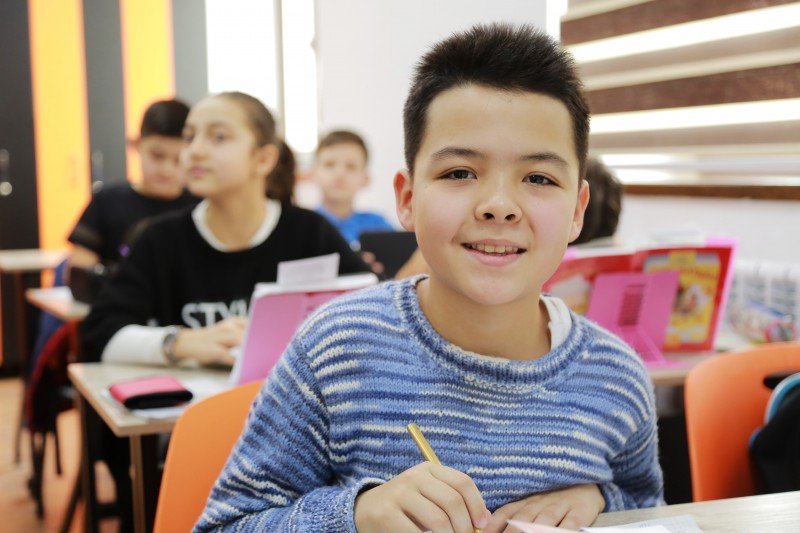
We often hear about the dangers of cyberspace, where cyber-bullying is rife and children are vulnerable. Now imagine for a moment the relief of reaching the ultimate refuge. Temenos is a Greek concept that describes a sanctuary, a space of absolute safety and harmonious balance, where individuals uphold an immutable self-respect and where criticism and judgment are suspended.
Enshrined in the liberal arts, the principle of temenos allows an idea to be fully explored, expressed and scrutinised. Commitment to freedom of expression is important because the nuances and finer points of an idea are likely to subtly unfold towards the end of the process. The idea can then be better appreciated and understood.
An embryonic form of these creative principles can be found in classrooms: children are encouraged to share and express their experiences, but subconsciously they are also developing an awareness of how others are learning, building friendships and regulating impulses. Teachers patiently foster an atmosphere that enshrines socially desirable values.
This matters very much because school and home environments often offer children a jarring misalignment of values, ways of being and expectations of behaviour. For example, there is parity between academic expectations of girls and boys at school and equality of opportunity for children with disabilities, whereas the home environment is not necessarily attuned to these principles. English is the language spoken at school and it is there that children learn that they must listen when others speak to them and to respect others, even if they disagree with them.
Many urban schools celebrate incredible diversity. With more than 30 languages spoken in some schools, it is essential that children interact with their friends, their teachers and grow to know themselves as an important part of their school community. The school powerfully and sensitively shapes the child’s social development beyond the curriculum in fundamental ways, from teaching children to speak English, providing a hot meal in the middle of the day, accessing basic needs, ensuring a safe place to play, to run, to sing, to dance, to write poetry, as well as to let off steam. Schools can have a profoundly positive influence on children’s well-being and emotional security every single day.
The child’s desk in the classroom is an important vantage point from which they experience a multimodal, dynamic environment that is responsive to their social and emotional needs. If they are uncertain about something, help is at hand. There are flows of information, laughter, ideas and inspiration as well as discipline and firm boundaries that provide the necessary respect for all of this to work so beautifully. It is within this consistent structure that children learn to discover who they are and who they might become, particularly when they eventually leave their home environment.
School is a safe and potentially sacred space where children discover who they are within the school community, and more broadly within society.
A New Normal
1 June 2020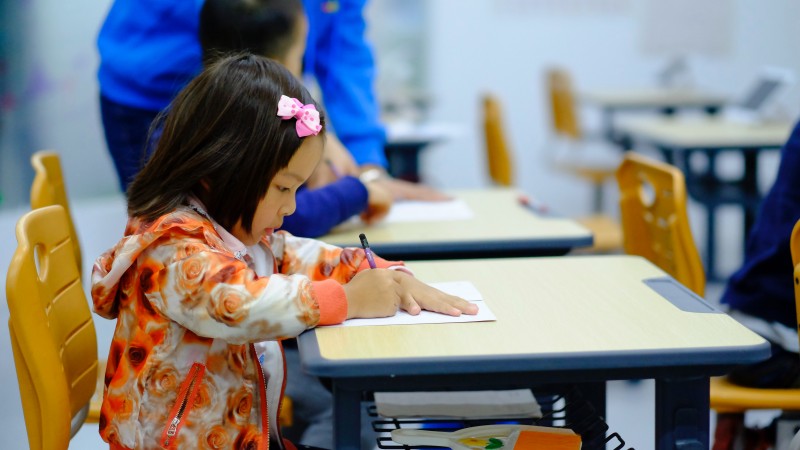
In London the coronavirus lockdown has been relaxed and some schools have opened to reception, year one and year six. I understand the reasoning, but err on the side of caution. Life is so fragile and my heart is with you if you’ve recently lost someone precious.
In these strange times, we have no live arts. Our social gatherings take place without hugs and we crave connection. Apparently, this virus cannot survive in sunshine, though it has barely blinked during the sunniest month ever recorded.
With the beginning of the new normal emerging gradually, Rhythm for Reading is strikingly perfect for the smaller class sizes that are being introduced for social distancing. Offering a holistic boost to reading skills and spontaneous waves of happiness, it seems particularly appropriate for these times. However, along with enthusiastic group singing, Rhythm for Reading is one of those delicious things that we must wait for.
A new online Rhythm for Reading teacher training programme is coming out in July. If you’d like access to three free introductory training videos, please let me know via the contact page.
Rhythm at home 2
2 May 2020
Still in COVID lockdown, today is my younger daughter’s 28th birthday and I’m particularly missing those wonderful years when I had my girls at home with me. Back then, when they were at primary school, I became a part-time student and juggled the necessary hours of study with family life and career for a good ten years. The sheer pressure of getting so much done while at home was tremendous and it often meant prioritising work and study over spending time with my children. This went against all of my nurturing instincts. I’d thank my girls every day for being so considerate, but there were times when my heart felt red raw with guilt. Surprising things happened from time to time and I thought I’d share some of these with you.
I had found a quiet cosy corner to do an immense amount of reading. Armed with few cushions and a cup of tea, the hours passed quickly. I was thrilled that I’d had so much peace and quiet. The next day, a competition erupted. My children, who had never been inclined to read a huge amount suddenly wanted to spend hours reading in ‘my’ reading corner. Intrigued by this, I agreed to share ‘my corner’ fairly between the three of us - incredibly I never had to remind them to read a book again.
As a professional musician, I’d prioritised their music lessons. Practising as part of our early morning routine had worked very well when they were young, but not so much as they grew older. One day, I made a few adjustments to make my own practice more efficient - using a timer and a notebook. It was fascinating to see that the mirroring began again - my elder daughter copied me and started to practise the same pieces of music, writing down comments and timing her practice.
My younger daughter meanwhile, had discovered a love of cooking and as a teenager had become a very confident little chef, able to make beautiful lunches and cakes. While writing my PhD thesis, she’d regularly bake cakes and bring me one with a cup of tea. (Cleaning the kitchen was all I had to do!)
Having ‘together time’ on a daily basis was also very important and sometimes urgent - whether for listening, solving problems or having fun. Looking back, I think that my studying helped them to value what I valued: persistence and passion. Today they have their own careers. I see in them a steely resilience and desire to keep going no matter what. For everyone juggling roles at home right now - your children are learning an enormous amount as you show them how to stay focused no matter what.
